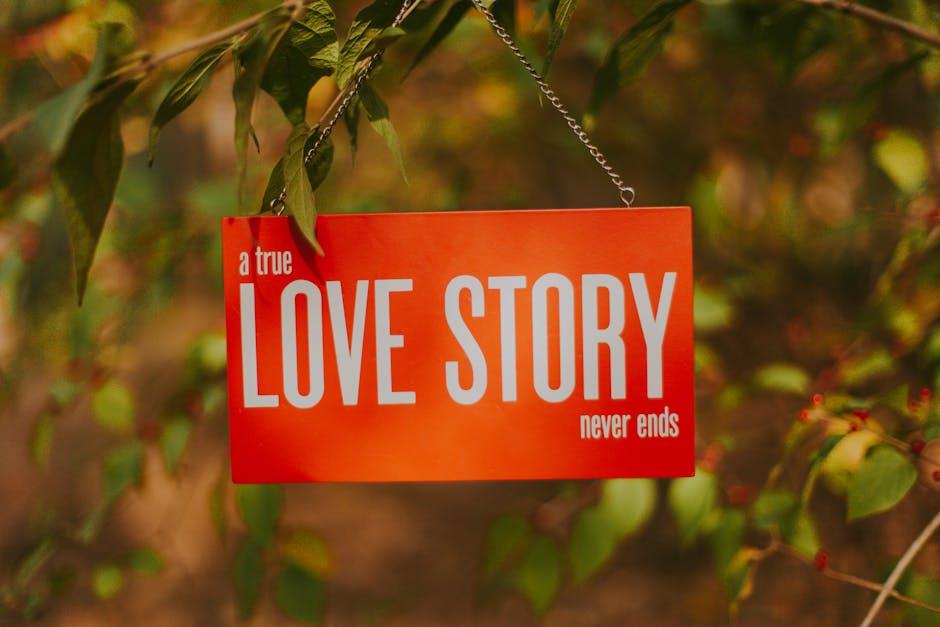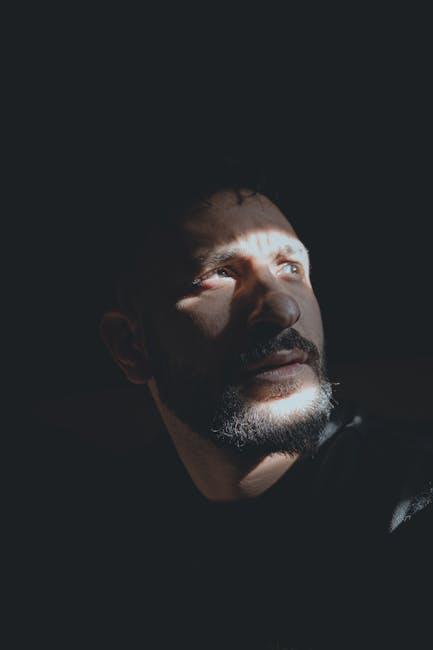In the dim glow of a theater, where the flicker of a film reel breathes life into stories untold, filmmakers embark on a daring journey: transforming the tapestry of true events into cinematic art. This endeavor, rich with creative challenges, demands a delicate balance between authenticity and artistry. How does one distill the essence of reality into a screenplay that captivates, enlightens, and remains faithful to its origins? In this exploration, we delve into the nuanced world of adapting true stories for the silver screen, uncovering the intricate dance between fact and fiction that filmmakers must navigate.
Balancing Fact and Fiction: Navigating the Tightrope of Truth
When filmmakers embark on the journey of adapting true stories, they are often confronted with the intricate dance between authenticity and artistic expression. The challenge lies in maintaining the essence of the real events while weaving in a narrative that captivates and resonates with audiences. Filmmakers must decide which elements of the truth are essential and which can be adjusted or embellished for dramatic effect. This delicate balance requires a deep understanding of the story’s core message and the creative vision that will bring it to life on screen.
- Ethical Considerations: How far can one stretch the truth without compromising the integrity of the real-life events?
- Character Development: Real people are complex, and translating that complexity into compelling characters can be daunting.
- Plot Structure: Real events don’t always follow a narrative arc; filmmakers must craft a story that is both engaging and true to the source.
- Audience Expectations: Viewers often come with preconceived notions; balancing these expectations with creative storytelling is key.
In navigating these challenges, filmmakers often find themselves at a crossroads, striving to honor the truth while crafting a story that speaks to the universal human experience.

Character Complexity: Breathing Life into Real Personalities
One of the greatest challenges filmmakers encounter when adapting true stories is crafting characters that are not only believable but also multidimensional. In the quest to achieve this, filmmakers often delve into the intricate layers of real personalities, seeking to balance authenticity with dramatic flair. Understanding motivations, emotional depth, and personal growth are essential elements in this process. The task is to capture the essence of a person without oversimplifying their complexities, ensuring that audiences can connect with them on a profound level.
- Authenticity vs. Entertainment: Striking the right balance between staying true to the real person’s story and crafting a compelling narrative.
- Ethical Representation: Navigating the moral responsibility of portraying real people, especially those still living, with respect and accuracy.
- Character Arc Development: Translating the unpredictable nature of real-life events into a coherent and satisfying character journey.
In doing so, filmmakers breathe life into characters, transforming them from mere subjects of a story into vibrant, relatable human beings. This transformation is pivotal, as it enables audiences to not only witness the unfolding drama but to feel it, live it, and learn from it.
Crafting Conflict: Enhancing Drama without Distorting Reality
Filmmakers often walk a tightrope when bringing true stories to the screen, striving to enhance drama while staying faithful to the source material. Balancing authenticity with narrative appeal requires a deft touch. One common challenge is deciding which real-life events to highlight or omit. Choosing pivotal moments can intensify the story, but the omission of certain facts may lead to accusations of distortion. Filmmakers must also navigate the delicate task of depicting real people, ensuring characters are compelling yet true to their real-life counterparts.
To craft engaging narratives, filmmakers often employ techniques such as:
- Composite Characters: Merging multiple real-life figures into a single character to streamline the story.
- Chronological Adjustments: Reordering events for dramatic effect, while maintaining the essence of the story.
- Symbolic Elements: Introducing fictional elements that symbolize broader truths.
These strategies help filmmakers enhance drama without losing the story’s core truth, ensuring the film resonates both emotionally and factually with audiences.

Ethical Storytelling: Respecting the Legacy of Real Events
Filmmakers embarking on the journey of adapting true stories to the screen face the intricate task of balancing factual accuracy with creative expression. The essence of ethical storytelling lies in the ability to portray events truthfully while crafting a narrative that resonates emotionally with the audience. This requires careful consideration of the people involved, ensuring their stories are told with integrity and respect.
- Accuracy vs. Artistic License: Creators must decide how much artistic freedom to employ without distorting the core truth.
- Emotional Impact: Conveying the emotional gravity of real events can sometimes necessitate creative adjustments.
- Sensitivity to Subjects: It’s crucial to consider the impact on those who lived through the events being depicted.
Respecting the legacy of real events means acknowledging the weight of history while navigating the delicate balance between fact and fiction. By approaching these stories with empathy and responsibility, filmmakers can honor the past while engaging audiences in a meaningful dialogue.

